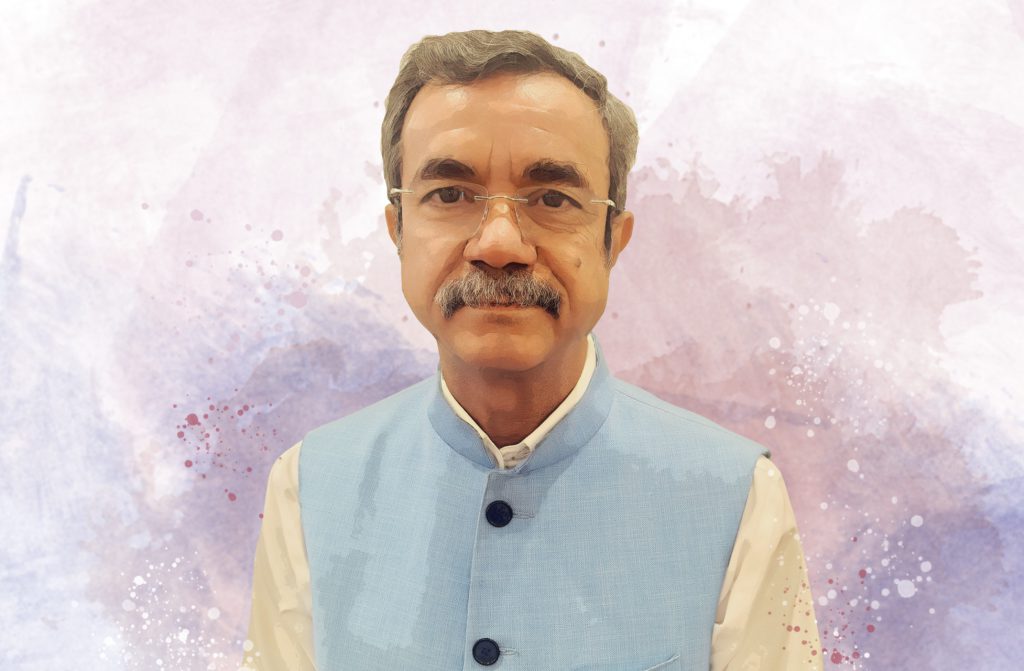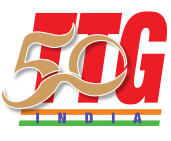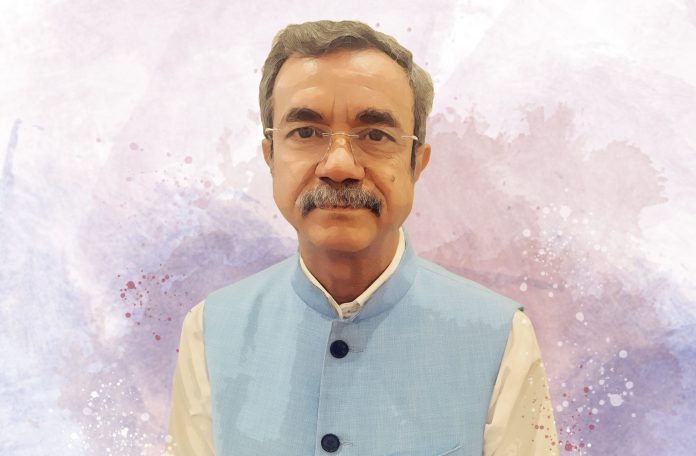With domestic tourism in India experiencing strong growth, Ved Khanna – managing director of Tourwala Enterprises and president of the Association of Domestic Tour Operators of India (ADTOI) – believes it is the right time to shift focus beyond the overcrowded destinations of Goa, Himachal, and Kerala
 How do you view the present growth of domestic tourism in the country?
How do you view the present growth of domestic tourism in the country?
We all know that the domestic tourism in the country is growing strongly and the tourist arrivals statistics from various departments of tourism of different states reflects the positive demand the segment is recording. However, when it comes to the ‘celebrated’ destinations in the country, I would say, they are overcrowded now. I think we should understand the responsibility of discovering lesser-known destinations or developing newer destinations for domestic tourism. Both the state governments and industry stakeholders need to work together to ensure a more balanced growth of the domestic tourism market. A lot of Indian states are now focusing on home stays to give tourists a more authentic experience. So, these lesser-known tourist destinations are well positioned for promoting home stays as well as various experiences be it nature based, wildlife or cultural tours.
Can you name some of these unexplored or lesser-known destinations which need to be promoted in the domestic tourism markets?
There are many hidden gems in India. Tourists have a mindset to explore popular domestic tourism destinations like Goa, Kerala or Himachal Pradesh but there is a lot to explore in other parts of the country too. It is also important for sustainable tourism that the demand is not just confined to a few locations and is evenly distributed across the country. Tripura is one small state which has a lot of potential. In fact, there is a need to promote the entire north-eastern region for domestic tourism activities. If we talk about the eastern Indian state of Odisha, its destinations like Puri and Bhubaneswar are popular but what about places like Gopalpur? These new destinations have to be promoted more for domestic tourism.
How do you think that the state tourism boards and departments can work towards promoting new destinations and engage with domestic tour operators?
Today, the governments of the majority of Indian states are keen to promote the tourism sector and highlight various tourism products and experiences which they have to offer. The focus is not just on popular choices but also on newer experiences like promoting their rural landscape or cuisine. ADTOI has been collaborating with different state tourism boards and departments to educate its membership about different destinations which can be promoted among their clients. Skilling of tour operators is also an aspect for which we have been collaborating with various state governments. These kinds of activities and engagements take place across the year.
Do you consider the shortage of hotel rooms a challenge, given the rising number of domestic tourists while the supply of branded hotels remains limited?
Yes, it is certainly a challenge. We often find hotel prices to be exorbitantly high, especially in popular tourist destinations due to the clear mismatch between demand and supply. Since the pandemic, many hotels have adopted a pricing strategy where rooms are not sold below a certain rate. The fact that they can maintain these high tariffs and still attract guests willing to pay a premium shows that pricing is unlikely to come down anytime soon.
Rather than focusing solely on building more hotels in already saturated destinations, I believe hotel chains should shift their attention to developing new and emerging tourist locations. Take places like Mussoorie, Nainital or Shimla, for instance they are frequently overcrowded during peak seasons. The surrounding areas of such destinations should be developed with proper hospitality infrastructure to offer attractive alternatives. Tourists need more viable options, which will not only ease the pressure on established hotspots but also promote balanced regional tourism growth.
How challenging is it for traditional brick-and-mortar domestic tour operators to compete with OTAs?
OTAs have already captured a significant share of the domestic tourism market, so it is certainly not easy for traditional tour operators to reclaim that space. This competition has been ongoing for over 15 years now. To stay relevant, traditional agents must be well-versed in social media and have a strong online presence. We cannot operate the way we did in the past; we need to evolve in response to changing market dynamics and consumer behaviour.
That said, one key advantage brick-and-mortar agents still have is the personal connection with their clients. Our deep knowledge, personalised service and the human touch we offer distinguish us from the largely automated experiences provided by OTAs. Traditional tour operators need to focus on highlighting these unique strengths while also embracing modern tools and adapting to ever-evolving customer preferences.











